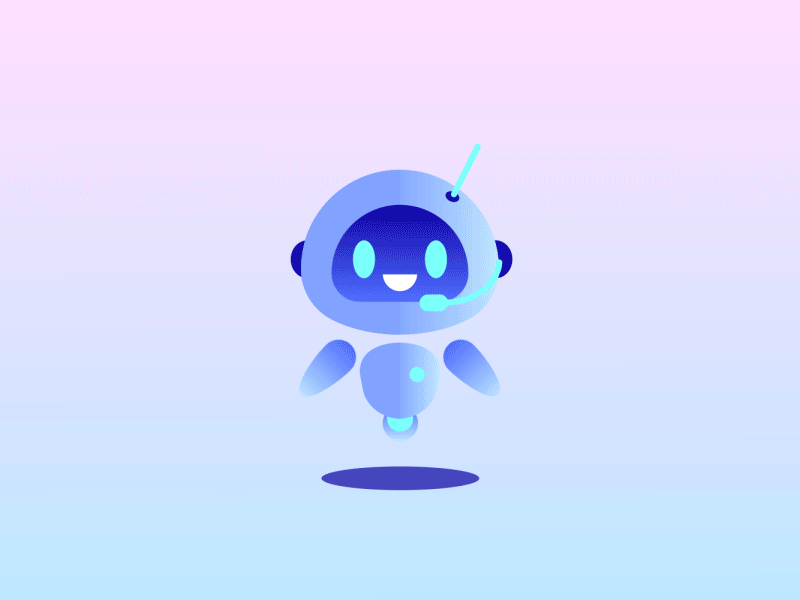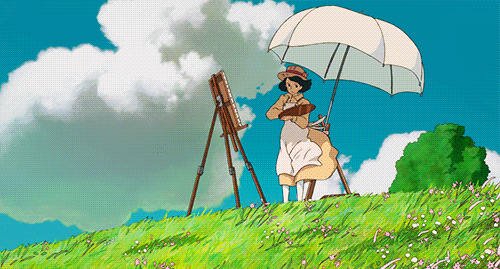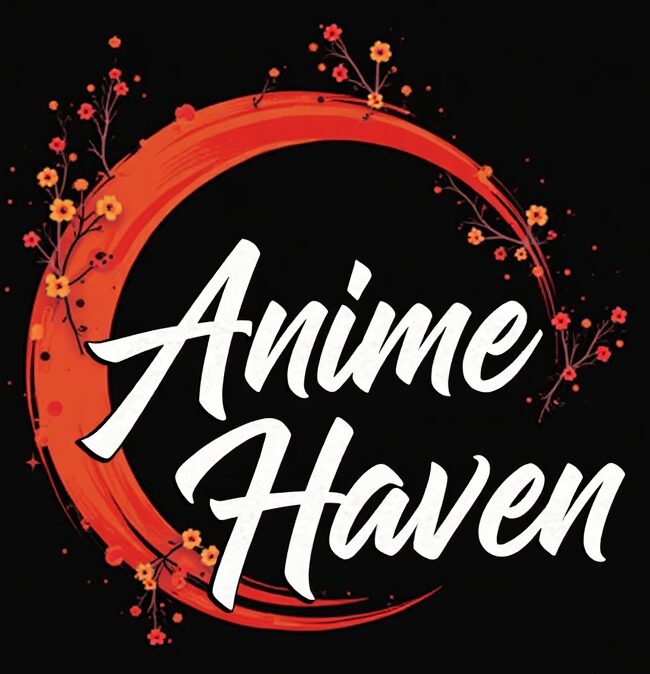
The Rise of AI-Generated Ghibli-Style Images
OpenAI’s ChatGPT-4o has been at the forefront of this trend, offering users the ability to generate high-fidelity art in various styles, including that of Studio Ghibli. This feature has gained immense popularity, with social media platforms flooded with AI-generated Ghibli-style animations. Users can input prompts like “Show me in Studio Ghibli style” to transform their photos into anime-inspired portraits.

Studio Ghibli, the esteemed Japanese animation studio founded by Hayao Miyazaki, has long been celebrated for its hand-drawn films that capture the emotional complexities of life. In recent times, the advent of artificial intelligence (AI) has introduced new methods for creating images that emulate Ghibli’s distinctive style. This development has sparked both enthusiasm and debate within the creative community

Alternative Tools for Ghibli-Style Creations
Beyond ChatGPT, other AI tools have emerged, enabling users to create Ghibli-style images. Platforms such as Grok 3, Fotor, Getimg.ai, and insMind offer user-friendly interfaces for this purpose. For instance, Grok 3 allows users to upload an image and enter a prompt like “Transform this image into a Studio Ghibli-style illustration,” resulting in a stylized version that can be saved or shared.

Ethical and Copyright Considerations
The proliferation of AI-generated art has raised significant ethical and copyright concerns. Hayao Miyazaki himself has expressed strong disapproval of AI in creative animation, describing it as “an insult to life itself.” Legal experts question whether AI tools had permission to use Miyazaki’s work for training models, highlighting potential copyright issues. Artists and advocates are concerned about the implications for human artists’ livelihoods and the unauthorized use of distinctive artistic styles.
While AI tools have made it easier for individuals to create art in the style of Studio Ghibli, it is crucial to navigate these innovations with respect for original creators and awareness of ethical considerations. As technology continues to evolve, ongoing dialogue between technologists, artists, and legal experts will be essential to ensure that advancements in AI art generation honor and uphold the integrity of human artistry.
